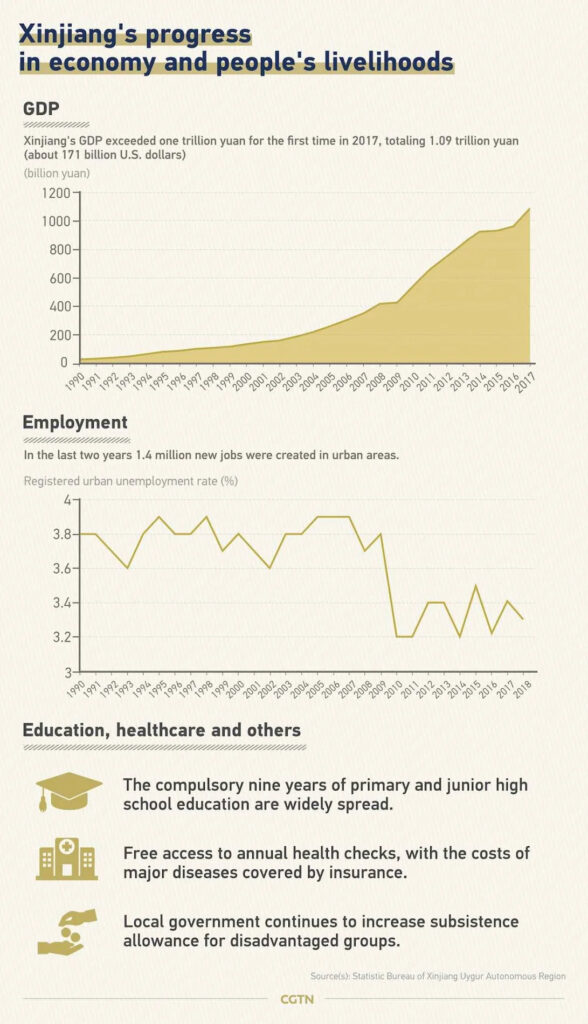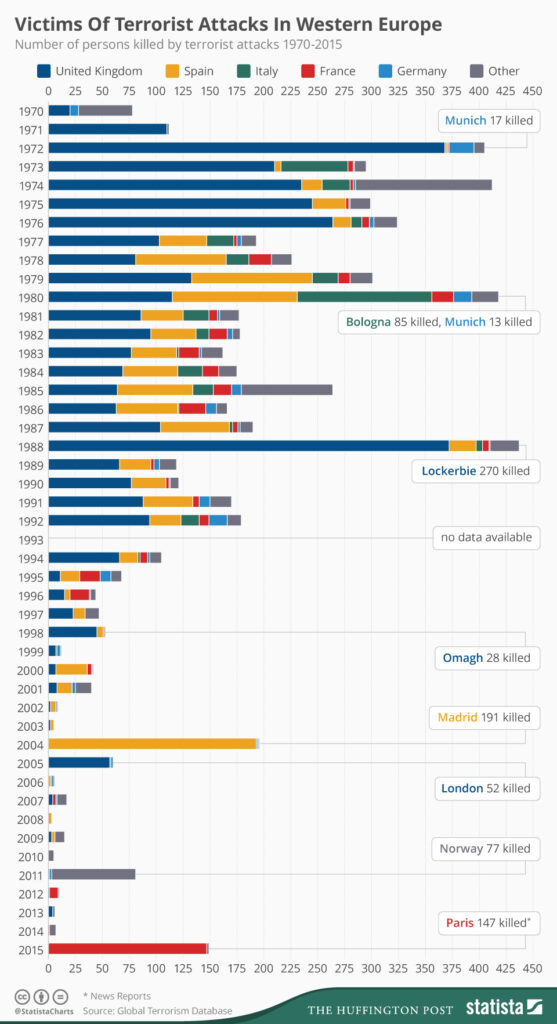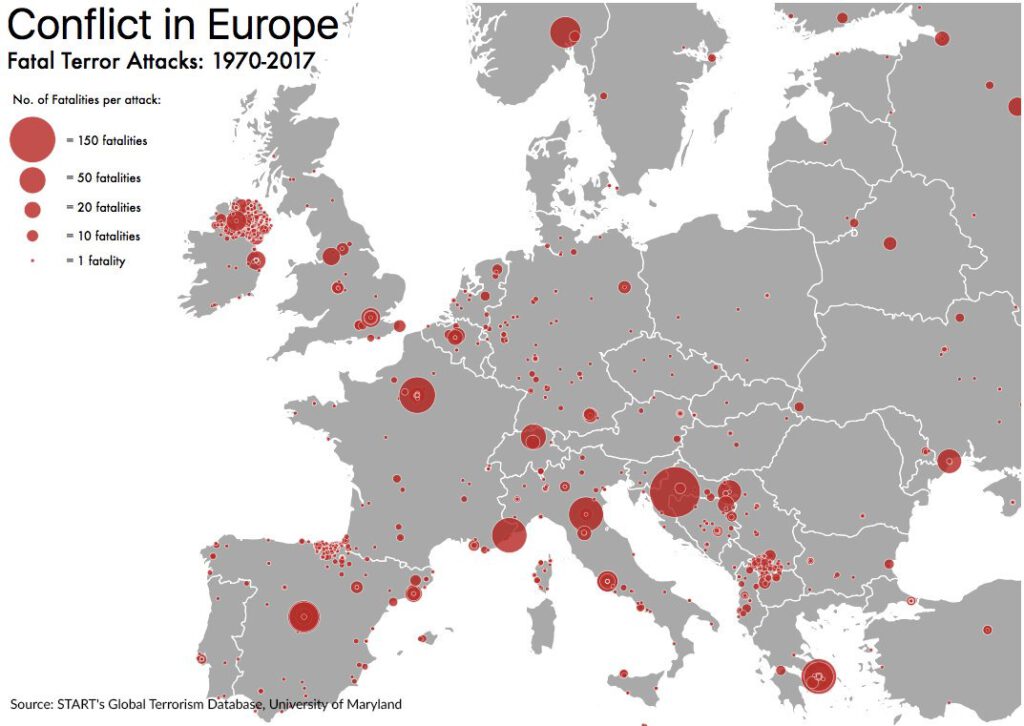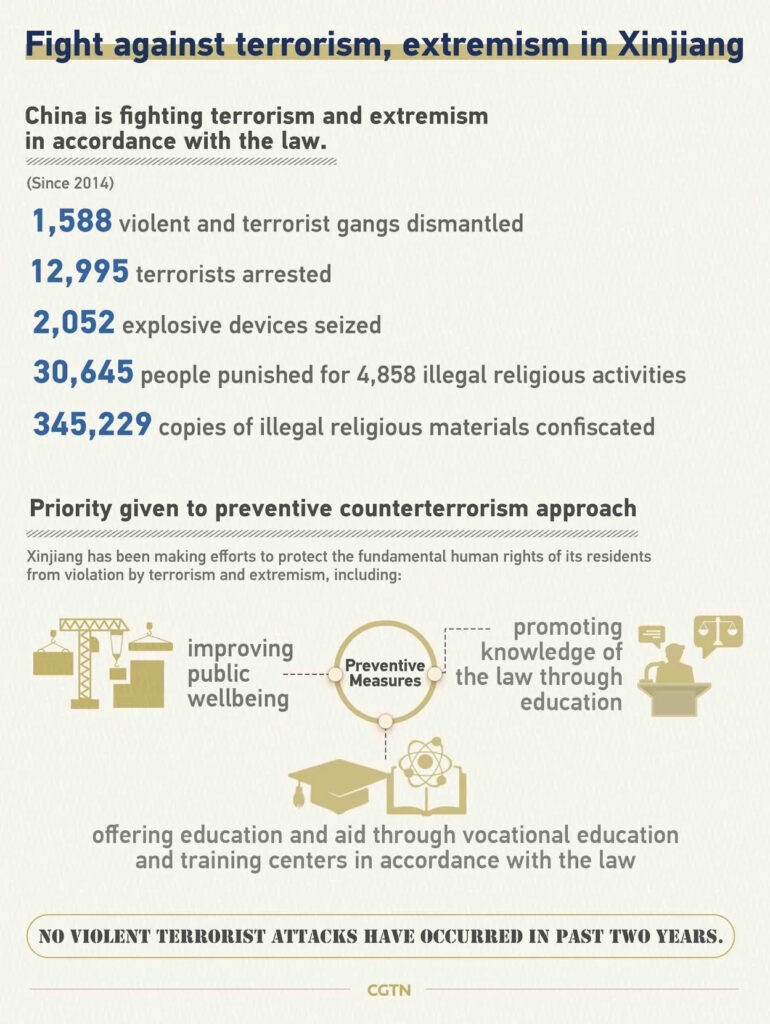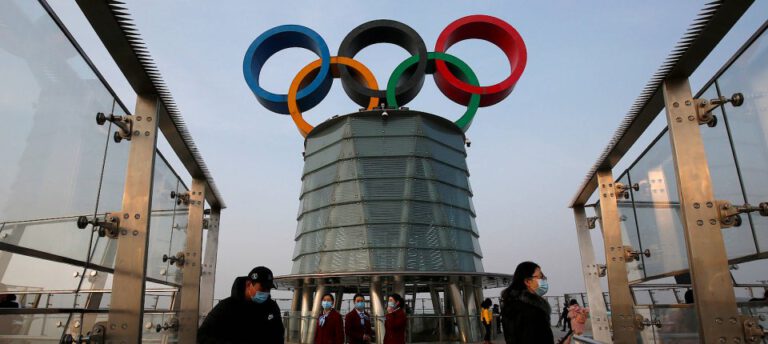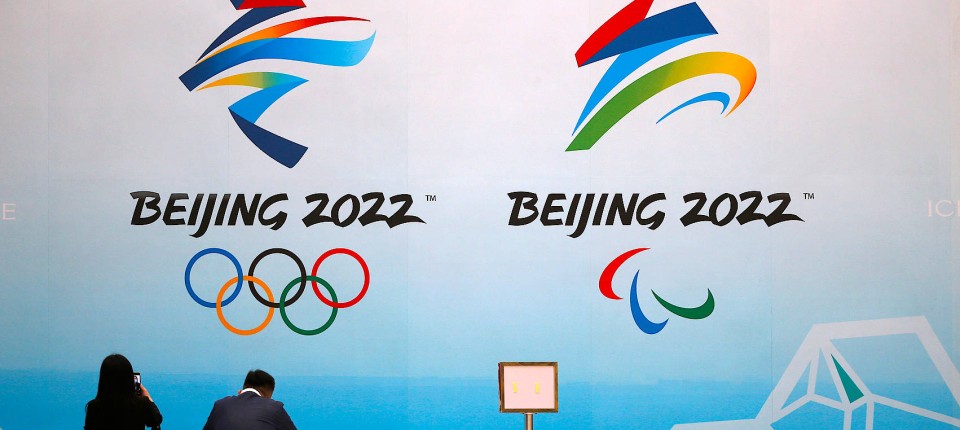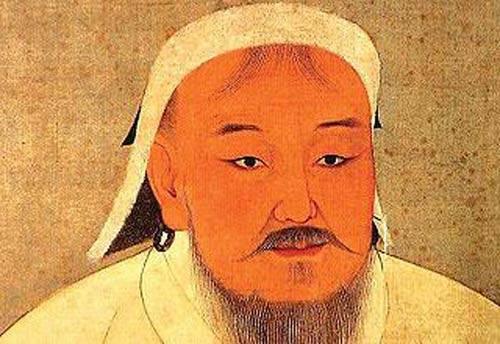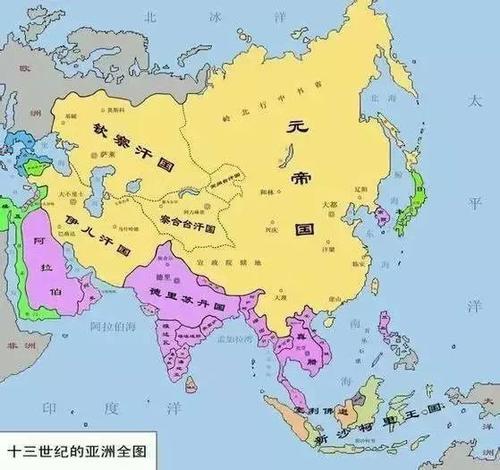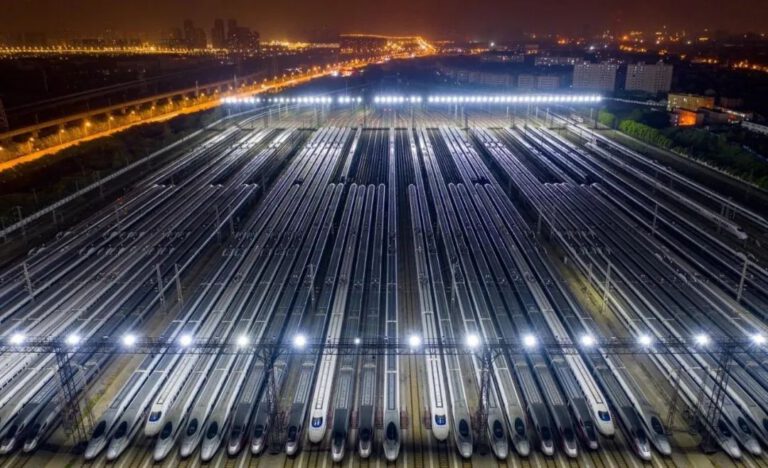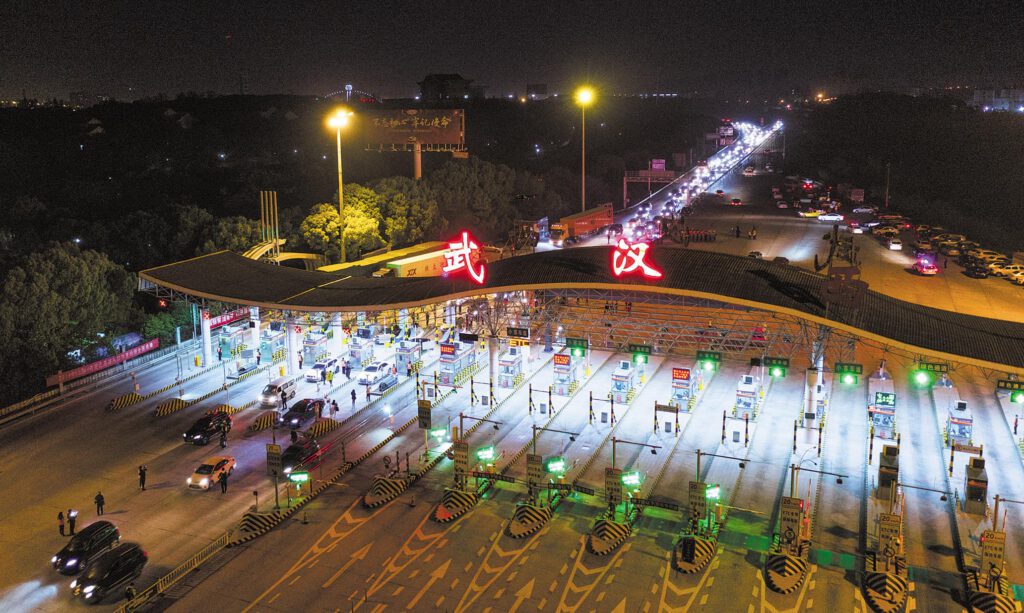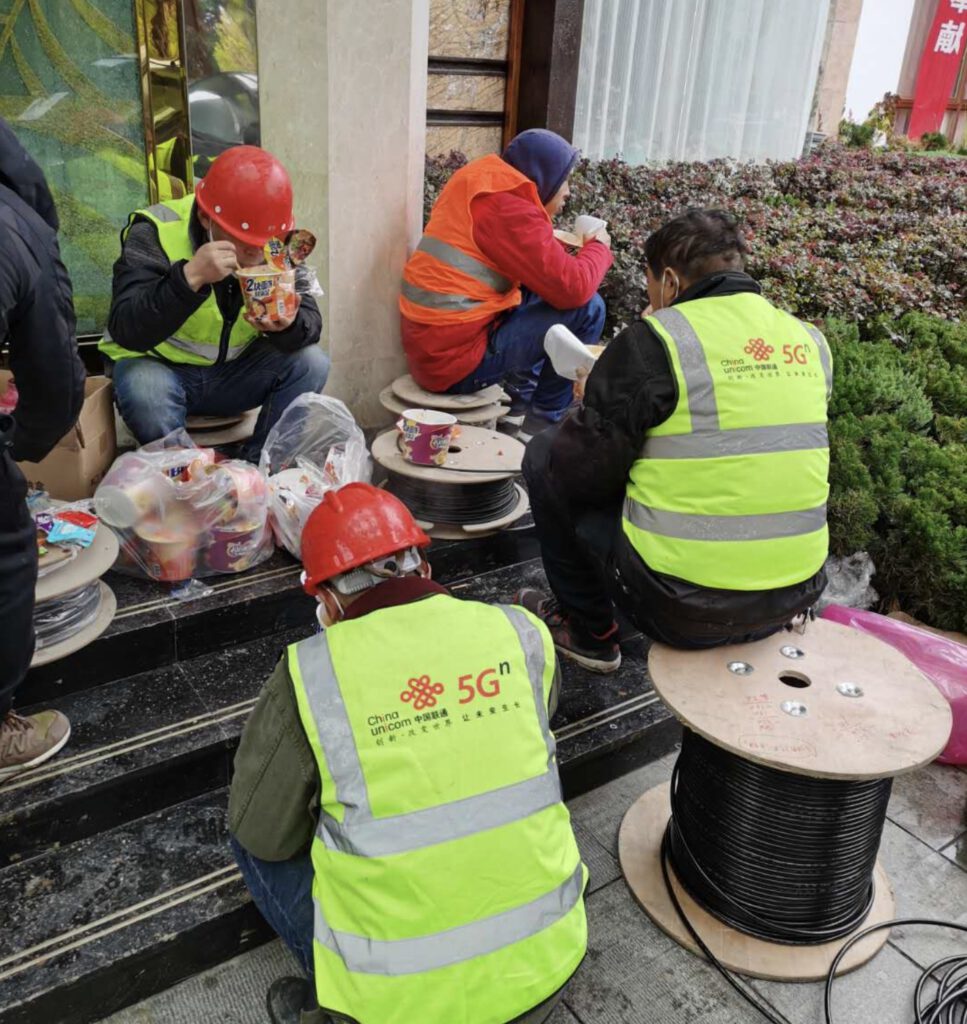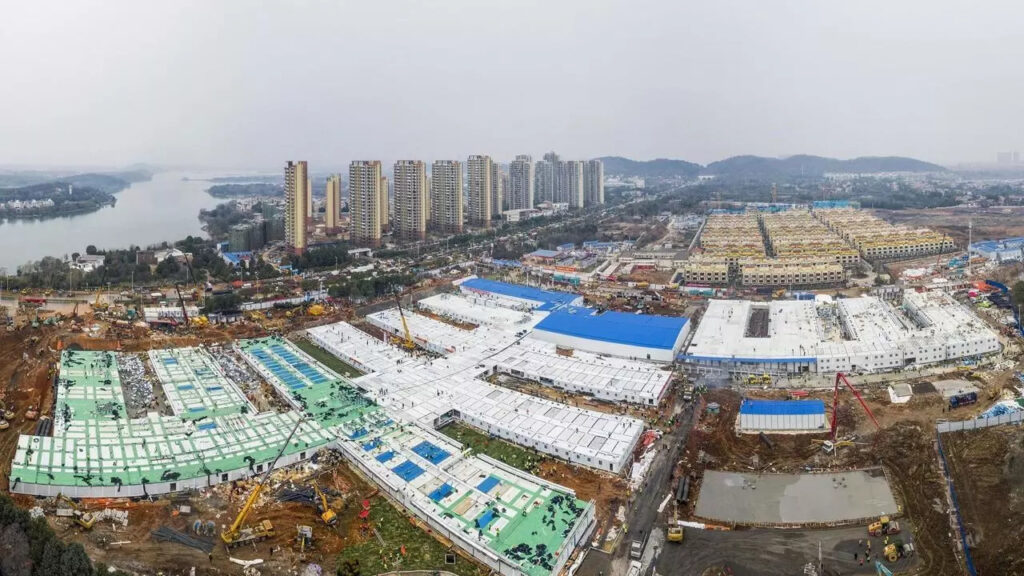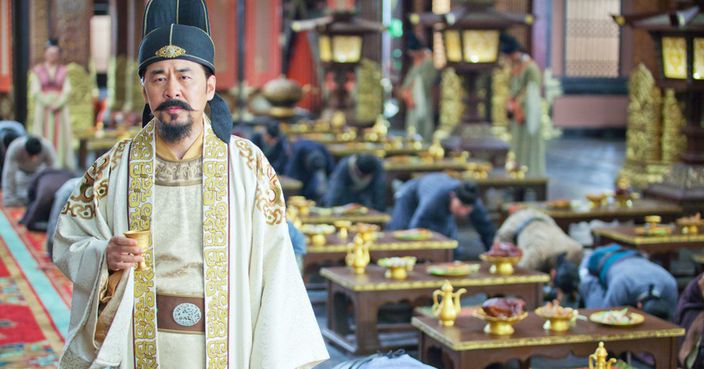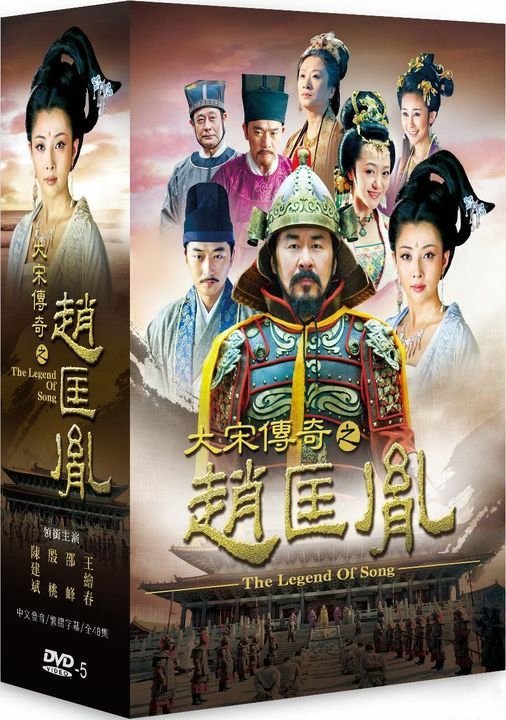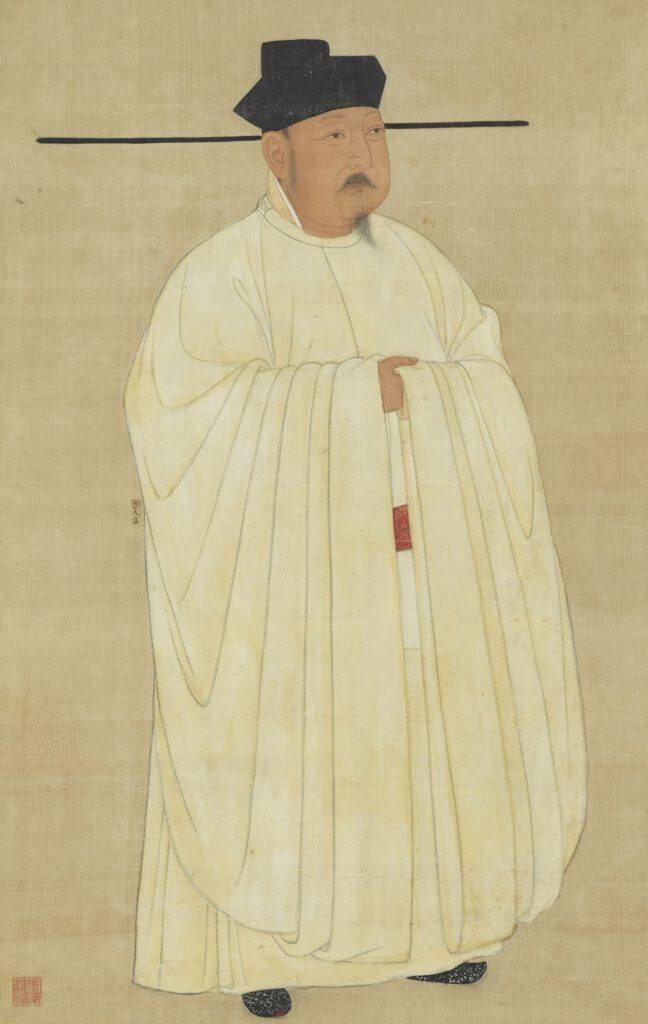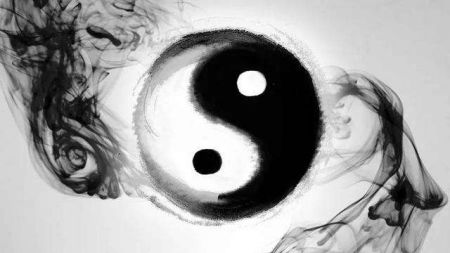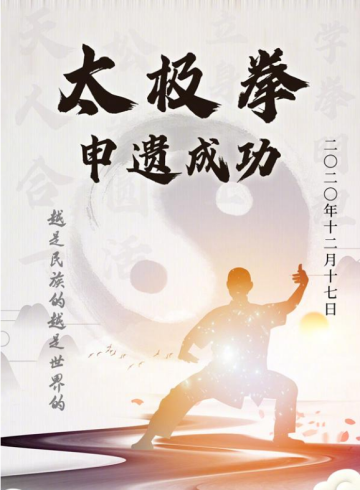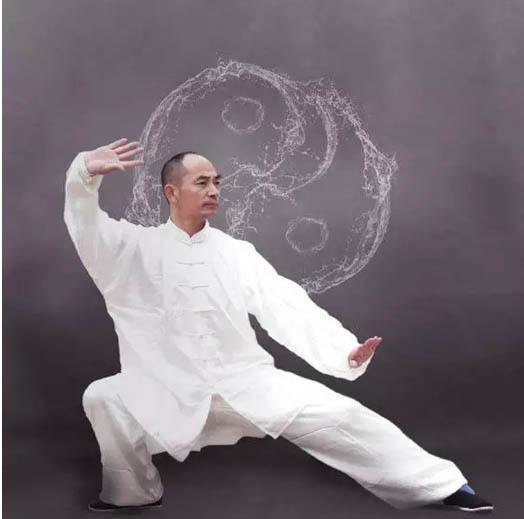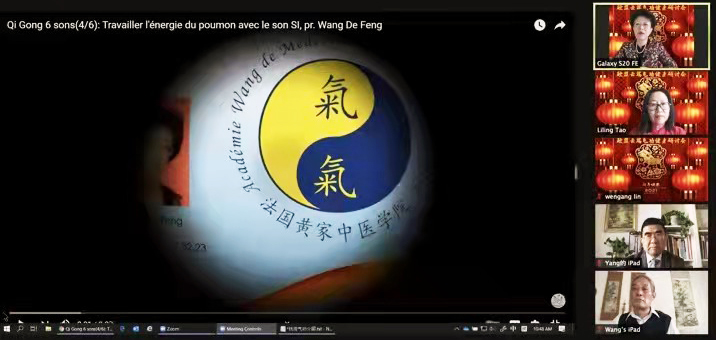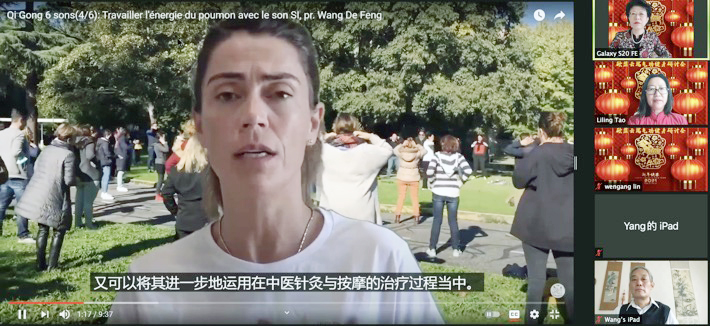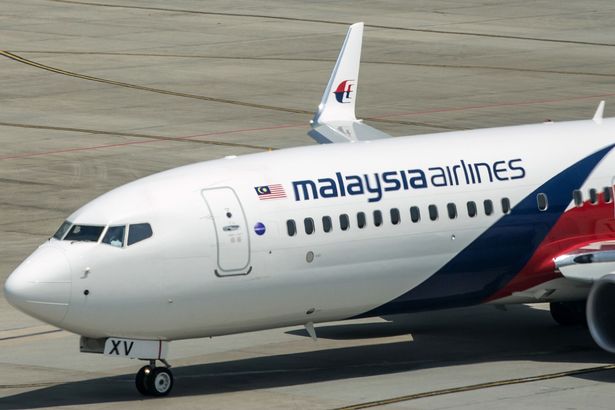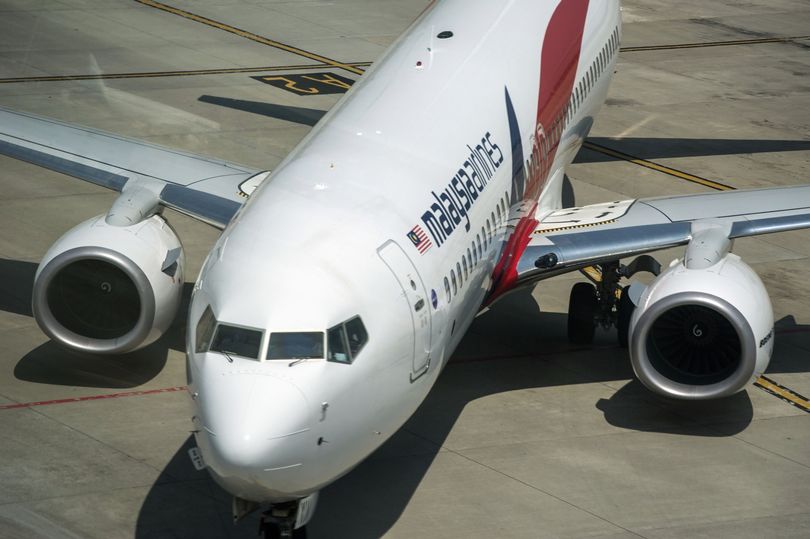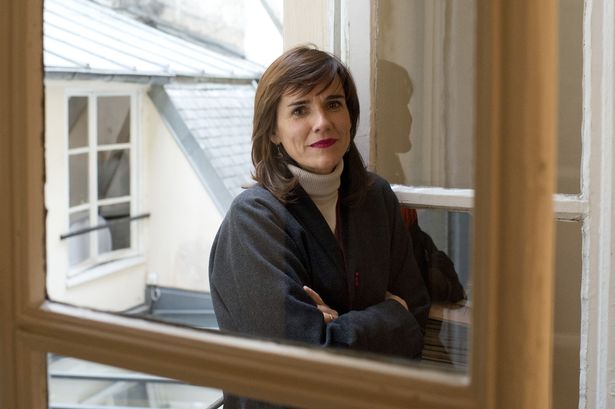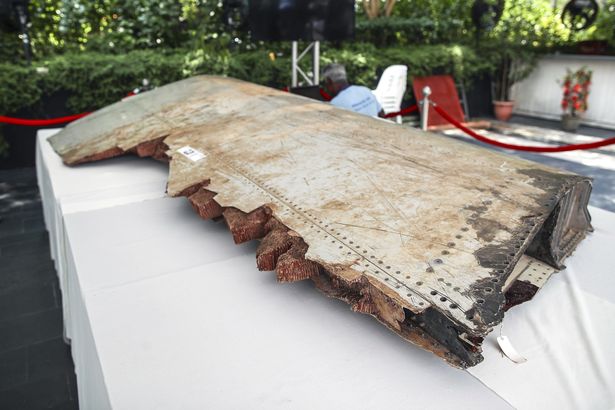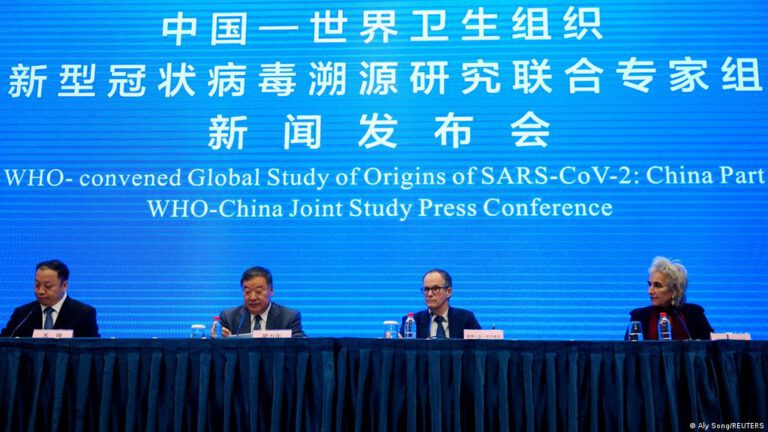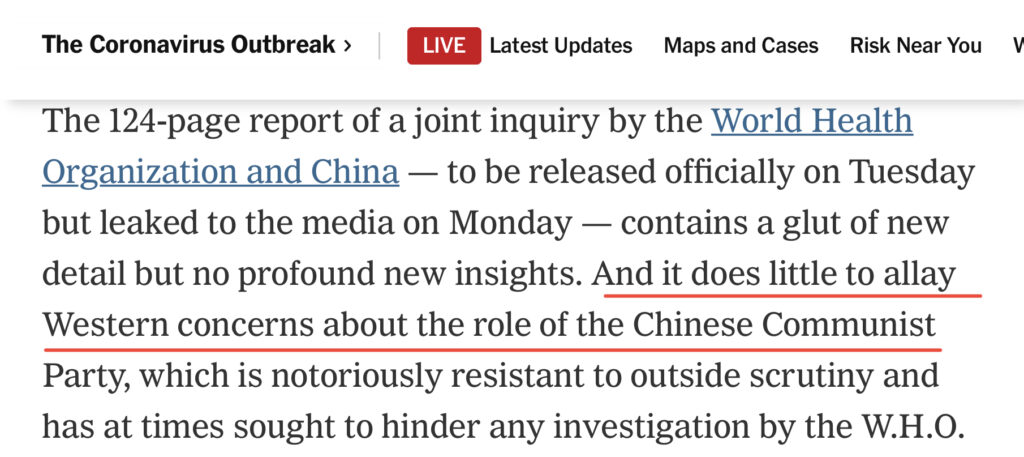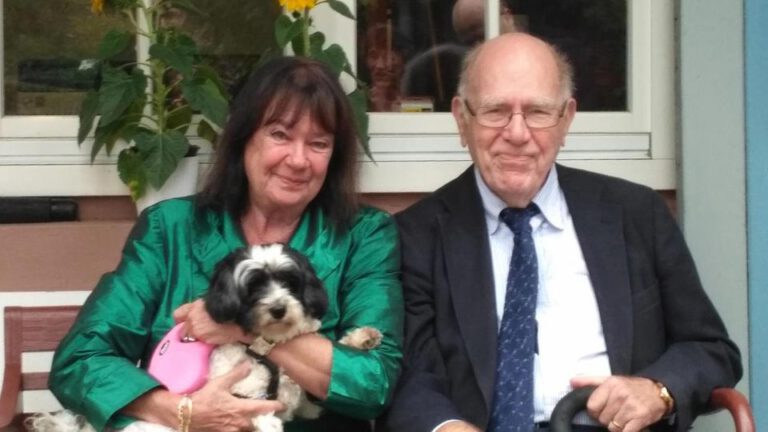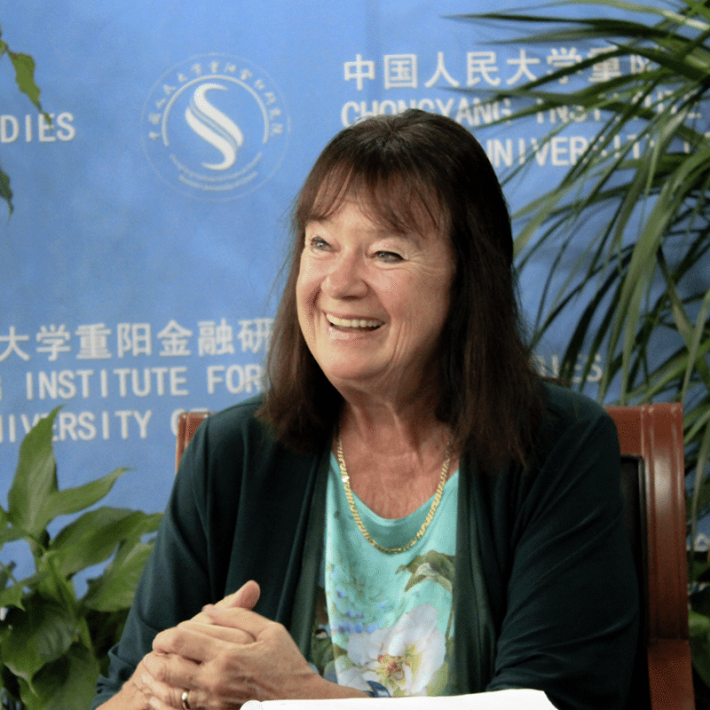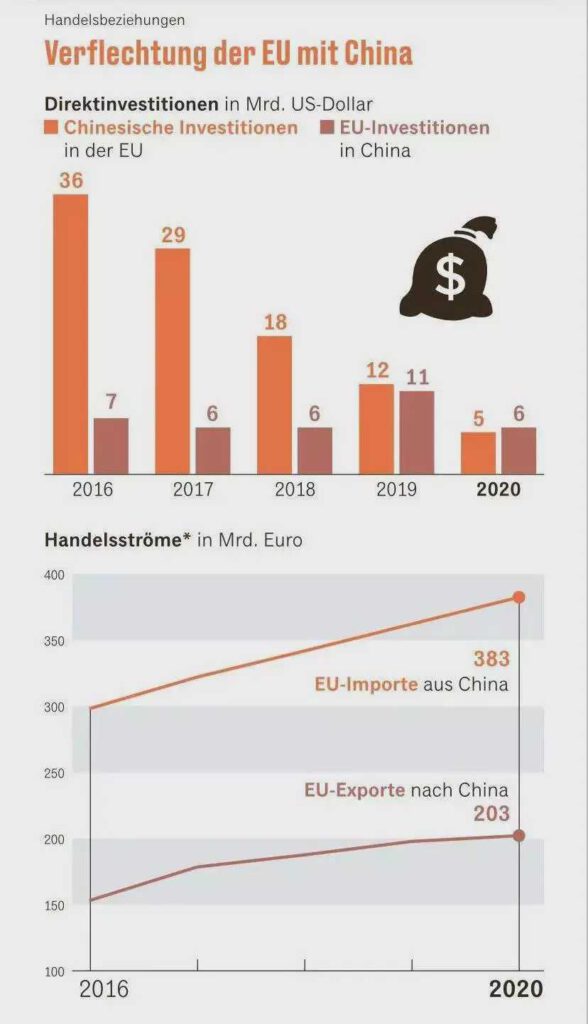Wenn wir Europäer ein Interesse daran haben, dass die USA weiter die Aufgabe übernehmen, die Weltordnung und insbesondere China in der Balance zu halten, weil wir selbst uns das zu Recht nicht zutrauen, dann sind wir klug beraten, alles zu tun, um dem amerikanischen Präsidenten den Rücken frei zu halten. Der europäische Blick sollte sich auf eine gemeinsame Außen- und Entwicklungspolitik im Nahen und Mittleren Osten und in Afrika richten und Wege zur Finanzierung eines echten Alternativangebots für Infrastrukturinvestitionen in Zentralasien und Afrika finden, um mit der chinesischen „Seidenstraße“ den Wettbewerb aufzunehmen.
Die Wahl Joe Bidens zum neuen US-Präsidenten hat in Europa und vor allem in Deutschland viele Hoffnungen geweckt. Möglicherweise zu viele, denn trotz gemeinsamer Werte sind es die unterschiedlichen globalen Interessen, die Europa und die USA in verschiedene Richtungen driften lassen. Es wäre gut, wenn beide Seiten sich darüber klar werden, um neue Enttäuschungen zu verhindern. „America is back“ hat eben auch eine Bedeutung, die mehr mit dem Wandel der USA unter Barack Obama zu tun hat, als mit dem Anknüpfen an alte transatlantische Traditionen. Wenn es eine erneuerte transatlantische Allianz geben soll, dann wird sie sich mit vielem auseinandersetzen müssen – am wenigsten jedoch mit dem Atlantik.
China gewinnt, wo die USA versagt
Es war die Rede Barack Obamas über den „Pivot to Asia“, der die Wegmarke der Richtungsänderung der Vereinigten Staaten eindrucksvoll beschrieb. Den durch ihre transatlantischen Beziehungen geprägten USA war bereits seit längerer Zeit klar, dass sie immer mehr zu einer Pacific Nation werden. Eine Formulierung, die sowohl George W. Bush als auch Barack Obama prominent nutzten. Schon 2007 schrieb der damalige Präsidentschaftskandidat Obama, er würde „die Bündnisse, Partnerschaften und Institutionen umgestalten, die zur Bewältigung gemeinsamer Bedrohungen und zur Verbesserung der gemeinsamen Sicherheit notwendig sind” und dafür auch „neue Bündnisse und Partnerschaften in anderen wichtigen Regionen aufbauen“, die eben nicht Nato-Region sind. Mit anderen Worten: Die Verbindungen und Allianzen der Nachkriegswelt waren nicht erst seit der Präsidentschaft Donald Trumps keine unumstößliche Selbstverständlichkeit mehr.
Allerdings folgte der Rede über den „Pivot to Asia“ nicht unmittelbar eine veränderte US-Außenpolitik: die USA blieben tief in die Konflikte im Nahen Osten involviert, Russlands Außenpolitik forderte nach wie vor die Aufmerksamkeit und Präsenz der Vereinigten Staaten heraus und das geplante Reset in der China-Politik scheiterte. Den Schlusspunkt setzte dann Obamas Amtsnachfolger, indem er das strategisch wichtigste US-Projekt im Indo-Pazifik zum Scheitern brachte: das zuvor ausgehandelte Trans-Pazifische-Partnerschaftsabkommen (TPP), mit dem ein Ring fester ökonomischer Beziehungen der USA zu allen Nachbarstaaten rund um China gezogen werden sollte, um das „Reich der Mitte“ quasi einzuhegen. Die Kündigung dieses Abkommens durch Donald Trump war deshalb wohl auch die dümmste Entscheidung, die der frühere US-Präsident außenpolitisch getroffen hat.
Denn inzwischen sind Chinas Nachbarstaaten – auch jene, die sich wie Australien, Japan oder Südkorea in harter politischer Konfrontation mit China und als Sicherheitspartner der USA sehen – dem neuen Freihandelsabkommen „Regional Comprehensive Economic Partnership“ (RCEP) beigetreten. Einem Projekt Chinas, das sich immer als Gegenangebot zu TPP verstanden hat. Ebenso wie für das etwa zeitgleich geschlossene Investitionsabkommen zwischen Europa und China erlagen die beteiligten Staaten der „chinesischen Versuchung“, weil die Rückkehr zu US-Freihandelsabkommen auch nach der Abwahl Trumps mehr als unwahrscheinlich galt. Frei nach dem Motto „Der Spatz in der Hand ist uns wichtiger als die Taube auf dem Dach“. Die Pekinger Führung nutzte wieder einmal das Vakuum, dass die Vereinigten Staaten in der Handelspolitik unter Donald Trump hatten entstehen lassen. China nutzt diese Abkommen, um die großen Wirtschaftsräume von den innenpolitisch zerrissenen USA zu entfremden.
Peking hat die Regierungsjahre von Donald Trump also gut genutzt. Es profitierte nicht zuerst von dem, was es anderen Länder zu bieten hatte, sondern vor allem von dem, was die USA (und der Westen insgesamt) nicht mehr bereit war zu offerieren. Die chinesische Seidenstraßen-Initiative „One Belt, One Road“ war natürlich von Anfang an eine große geopolitische Strategie, um neben dem Aufbau einer Infrastruktur für den Export chinesischer Güter vor allem auch an politischem und ökonomischem Einfluss in anderen Weltregionen zu gewinnen. Nicht nur die alten „eurasischen“ Handelsachsen Chinas wurden nach Jahrhunderten auf diesem Weg wiederbelebt, sondern auch der afrikanische Kontinent steht im Zentrum der Geopolitik Chinas. Nicht zuletzt wegen der antikolonialen Tradition in vielen afrikanischen Staaten und dem häufig gleichzeitig existierenden antiamerikanischen Affekt werden Chinas Angebote in Afrika nicht vorrangig als „explorative Strategie“ und als Bedrohung der eigenen Souveränität empfunden.
Europas Tatenlosigkeit – Chancen für Peking
Die häufig vorgetragene europäische und amerikanische Kritik an dieser geopolitischen Strategie Chinas war vor allem ein Hinweis auf das Fehlen jeder eigenen Strategie und Alternative dazu. Wo die Mitgliedsstaaten der Europäischen Union es in fünf Jahren nicht einmal schaffen, das Ceta-Freihandelsabkommen mit Kanada zu ratifizieren, darf man kaum auf eine gemeinsame Afrika- oder Zentralasien-Strategie hoffen. Und selbst vor der eigenen Haustür lässt Europa es zu, dass die Schnellbahnverbindung zwischen Belgrad und Budapest mit chinesischer und nicht mit europäischer Hilfe realisiert wird. Aus Sicht der Vereinigten Staaten zeigt das nur die Naivität und Tatenlosigkeit auf unserer Seite des Atlantik.
Und natürlich nutzt China nun auch die Abwesenheit eines gemeinsamen Hilfsangebots an die ärmeren Länder dieser Welt im Kampf gegen die Pandemie als Chance, um durch die Lieferung von medizinischen Hilfsmitteln und Impfstoffen seinen Einfluss auszubauen. Die „medizinische Seidenstraße“ folgt der infrastrukturellen. Die europäische „Antwort“ darauf ist der Stopp einer vereinbarten Lieferung von Impfstoffen an Australien – ein Fehler! Auf dem Höhepunkt der Finanzkrise trafen sich umgehend die Finanzminister der G-20 in Washington, um eine globale Antwort auf die globale Krise zu finden. Seit Ausbruch der Pandemie hat es nichts Vergleichbares gegeben. Nicht zuletzt deshalb lässt die Ankündigung Joe Bidens aufhorchen, dass er die weltweite Bekämpfung der Pandemie ins Zentrum des bald in London stattfindenden G-7-Gipfels stellen will. Besser spät als nie.
Biden macht ernst: Die USA als “Pacific Nation”
Die ersten Wochen der Amtszeit von US-Präsident Biden zeigen, dass er wohl die erste US-Regierung anführt, die den Worten Obamas über den „Pivot to Asia“ auch Taten folgen lassen will. Amerika wird unter Biden auch weniger europäisch und stärker pazifisch agieren. Ähnliches gilt im Übrigen auch für Großbritannien, das nach seinem Austritt aus der EU neue Allianzen mit Ländern wie Indien, Japan und Südkorea sucht. Im Unterschied zu den USA versucht es allerdings zugleich ein zumindest wirtschaftlich gutes Verhältnis zu China zu pflegen.
Am deutlichsten wird die Veränderung amerikanischer Politik gerade am Beispiel Saudi-Arabiens: Natürlich sind die Erkenntnisse über die direkte Verwicklung des saudischen Kronprinzen in das Mordkomplott gegen den regierungskritischen Journalisten Jamal Khashoggi nicht neu. Aber die Veröffentlichung der Geheimdienstberichte durch die neue US-Administration von Präsident Biden sind gleich in mehrerer Hinsicht ein Signal für die Veränderung der amerikanischen Politik: Die USA gehen zu ihrem traditionell wichtigsten Verbündeten auf der arabischen Halbinsel – Saudi Arabien – auf deutliche Distanz, weil die alte Öl-Allianz beider Länder ihre Bedeutung verloren hat. Die USA sind längst unabhängig von den Öl- und Gasvorkommen der Region, so dass es kein unmittelbares nationales Interesse der Vereinigten Staaten mehr an den Konflikten dieser Region gibt.
Dafür aber liegt es im nationalen Interesse der USA, einen Zustand herbei zu führen, der es ihnen erlaubt, sich weiter von ihrem militärischen Engagement in dieser Region zurückzuziehen, ohne dass ein politisches Vakuum entsteht, das revisionistische Mächte wie Russland, die Trükei oder der Iran füllen würden. Einer der wichtigsten Bausteine dafür ist die Rückkehr zu Verhandlungen mit dem Iran über den Verzicht auf Atomwaffen und daran anschließend Gespräche über eine veränderte Sicherheitsarchitektur am Persischen Golf. Der ‚Khashoggi-Bericht‘ ist deshalb zugleich das Signal an Teheran, dass sich die Vereinigten Staaten auch vom schärfsten Kritiker des Iran – Saudi Arabien – nicht daran hindern lassen wird, nach Wegen der Konfliktreduzierung mit dem schiitischen Regime zu suchen. Europas wichtigste Nachbarregion – das südliche Mittelmeer, Nordafrika und der Nahe Osten – rutscht in der Prioritätenliste der USA schrittweise weiter nach hinten. Was das zum Beispiel für den Konflikt zwischen Israel und den Palästinensern bedeutet, ist noch nicht klar. Vor allem aber ist nicht erkennbar, dass eine entgegengesetzte Entwicklung auf der europäischen Skala der politischen Herausforderungen entsteht.
Eine Allianz – zwei Perspektiven: der Blick auf China
Mit Blick auf die geopolitische Rivalität der USA zu China, ist Europa im aktuellen Zustand kein wirklich ernstzunehmender Partner der Vereinigten Staaten. Wo es für eine Allparteien-Koalition in den USA um nicht weniger geht als um die Weltordnung des 21. Jahrhunderts, schaut Europa weit freundlicher auf das Reich der Mitte. Auch wenn in den USA derzeit oft die Menschenrechtsverletzungen öffentlich als Begründung für die Gegnerschaft zu China ins Feld geführt werden, so geht es im Kern um die geopolitische Machtverteilung im 21. Jahrhundert. Der europäische Blick auf China ist ein ganz anderer: Nicht zuletzt, weil Europa nach dem Ende des II. Weltkriegs nie ein geopolitischer Akteur sein sollte und sich selbst auch nie so empfunden hat, sehen wir Europäer und vor allem wir Deutschen China nicht als strategischen Wettbewerber, sondern eher als eine Art „Frenemy“: natürlich als politischen Antipoden, denn China ist eine Diktatur. Aber eben auch als unverzichtbaren wirtschaftlichen Partner. Unterschiedlicher könnten die Sichtweisen auf beiden Seiten des Atlantiks kaum sein. Aber auch in Europa spüren inzwischen einige das damit verbundene politische Dilemma für die Außenwirtschaftspolitik – das betrifft insbesondere Deutschland als Exportnation.
Die Vorstellung der Trump-Regierung, die westlichen Demokratien müssten ihre Ökonomien weitgehend von China entkoppeln, sollte Europa und Deutschland und viele andere Alliierte der USA dazu zwingen, sich zum Beispiel im Bereich der Digitalisierung für eine von beiden Seiten zu entscheiden. Für die Sicherheitsstrategen der USA eine durchaus vorstellbare Entwicklung. Aufgrund der starken Exportabhängigkeit unseres Wohlstands wäre das in Europa und speziell in Deutschland aber eher ein Horrorszenario, auch wenn bei uns die Kritik an Chinas unfairen Handelspraktiken und an den dortigen Menschenrechtsverletzungen in den letzten Jahren ebenfalls gestiegen ist. In Wahrheit aber will niemand – auch nicht die selbst ernannten medialen Verfechter westlicher Werte hierzulande – die Verantwortung für die schweren wirtschaftlichen Schleifspuren in der deutschen Wirtschaft, am Arbeitsmarkt und in den sozialen Sicherungssystemen übernehmen, die einer Entkoppelungspolitik von China unweigerlich folgen würden.
Druck von außen wird China nicht liberalisieren
Davon abgesehen muss die Frage erlaubt sein, ob es eine realistische Strategie ist, ein 1,4 Milliarden-Volk wie China sozusagen „unter Hausarrest“ stellen zu wollen. Am Ende wird nur die innere Entwicklung Chinas die Entscheidung darüber bringen, ob sich das Land über einen langen Zeitraum auch politisch liberalisiert. Druck von außen wird jedenfalls nicht zum Erfolg führen. Wie selbstbewusst China inzwischen selbst mit dem Thema Menschenrechte umgeht, zeigt die Offensive für einen eigenen globalen chinesischen Menschenrechtsdialog: nicht die individuellen Freiheitsrechte des Westens stehen dabei im Mittelpunkt, sondern die sozialen Rechte auf gemeinsamen Wohlstand und soziale Sicherheit. Mit Verweis auf seine wirtschaftlichen und sozialen Erfolge bietet China sein politisches Entwicklungsmodell gerade den ärmeren Ländern der Erde als Alternative zur „westlichen Rhetorik über individuelle Menschenrechte“ an. Diese Verschiebung der Diskurs-Arena kann für viele autoritäre Staaten Afrikas durchaus attraktiv sein und berührt deshalb die EU-Bemühungen der gegenseitigen Entwicklungszusammenarbeit auf dem afrikanischen Kontinent.
Schwere Aufgabe: Die strategische Konkurrenz managen
Konfrontation oder die Parallelität von Containment und Kooperation – wie immer das Ergebnis der Überlegungen der Biden-Administration zu einer neuen China-Politik am Ende aussehen wird, beide Supermächte haben keinerlei gegenseitiges Vertrauen und sind seit geraumer Zeit wirtschaftlich und technologisch auf Konfrontationskurs. Und so sehr sich beide Länder in ihrem Blick auf die Welt auch unterscheiden, in einem sind sie sich einig: Die Welt startet in ein gefährliches Jahrzehnt, das von der zunehmenden Rivalität beider Länder geprägt werden wird. Das muss nicht zwangsläufig auf eine militärische Auseinandersetzung hinauslaufen, wie Berater des früheren Präsidenten Donald Trump meinten es vorhersagen zu müssen. Aber um das zu verhindern, bedarf es eines aktiven „Managements dieser strategischen Konkurrenz“, wie es der frühere australische Ministerpräsident Kevin Rudd formulierte.
Ähnlich wie im Kalten Krieg zwischen den USA und dem Westen auf der einen Seite und der Sowjetunion auf der anderen müssen Strukturen geschaffen werden, die einen offenen Konflikt der alten mit der neuen Supermacht verhindern. Damit wäre schon viel gewonnen in einer Rivalität, die ansonsten auf allen anderen Feldern mit aller Härte ausgetragen werden wird: auf dem Feld der Währungspolitik, wo China den Dollar als dominierende Weltwährung herausfordern will. Auf dem Feld der Technologiepolitik, wo China in den kommenden Jahren 150 Milliarden US-Dollar in die Entwicklung künstlicher Intelligenz investieren wird. Und auf dem Feld der Gesellschaftsentwürfe, wo die Führung Chinas der festen Überzeugung ist, dass sich die Zeit des demokratischen Westens und seiner Führungsnation USA endgültig dem Ende nähert. Von der Infrastruktur bis zum Bildungshunger, von den Investitionen in Forschung und Entwicklung und von der innenpolitischen Polarisierung in vielen Demokratien bis hin zum Sturm auf Capitol Hill am 6. Januar 2021, vom Austritt der Vereinigten Königreichs aus der EU bis zum katastrophalen Handling der Corona-Pandemie: für China sind das alles Belege für das Ende des europäischen und des transatlantischen Zeitalters und zugleich Indizien für die Überlegenheit des chinesischen Staats- und Wirtschaftsmodells. Sogar die französische Debatte um die strategische Autonomie und Souveränität Europas passt in dieses chinesische Weltbild.
Noch gibt es ein Feld globaler Machtpolitik, bei dem auch China weiß, dass die eigenen Kapazitäten, mit denen der USA nicht mithalten können: im Bereich militärischer Fähigkeiten. Der nächste Schritt ist deshalb die weitere Erhöhung der Investitionen und die Modernisierung des militärischen Potentials Chinas. Der Kapazitätsaufbau soll die USA für den Fall eines militärischen Konflikts um Taiwan von einem militärischen Eingreifen abschrecken, weil dies für die USA mit zu hohen Kosten verbunden wäre, und eine Niederlage nicht auszuschließen ist. Im Ergebnis bliebe Taiwan nur die Kapitulation oder ein aussichtsloser Kampf. Man mag einwenden, dass ein 25-Millionen-Einwohnerland wie Taiwan mit einer gut bewaffneten Armee sich nicht einfach ergeben würde. Vor allem aber könnte das Kalkül der chinesischen Führung fehl gehen, dass die USA nur in Kriege eintreten, die sie mit hoher Gewissheit gewinnen werden. Denn der Bruch amerikanischer Sicherheitsgarantien gegenüber Taiwan würde natürlich das politische Vertrauen in die Verlässlichkeit der USA bei vielen anderen Bündnispartnern endgültig erschüttern – mit unabsehbaren Folgen für die Rolle Amerikas in der Welt. Man erkennt an diesen strategischen Diskussionen schnell, wie brisant die Lage in der „chinesischen See“ schnell werden kann.
China hat strategische Geduld – wir auch
Derzeit befürchtet China allerdings, dass es dem neuen US-Präsidenten durchaus gelingen könnte, alte Allianzen mit neuem Leben zu füllen und damit den eigentlichen Multiplikator amerikanischer Macht wieder zu beleben. Die „Bowling Alone“ Politik des abgewählten US-Präsidenten Trump wäre den Strategen der KP Chinas trotz aller Zoll- und Sanktionsdrohungen deutlich lieber gewesen als eine von den USA geleitete Allianz von Nordamerika, Europa, Japan, Australien, Neuseeland, Südkorea und eines Tages vielleicht sogar Indien.
Denn so wenig wie man Chinas Fähigkeiten und Ambitionen unterschätzen darf, so wenig sollte man das Land für unangreifbar halten: Es ist umgeben von Rivalen, von denen immerhin vier über Atomwaffen verfügen, es hat Handelskonflikte nicht nur mit den USA, sondern auch Europa, Australien und einer Reihe anderer Länder, die sich inzwischen gegen die zu große Abhängigkeit von China wehren.
Zugleich braucht China aber auch die offenen Märkte vor allem in den beiden wohlhabendsten Regionen der Welt: Europa und Amerika. So sehr sich die chinesische Führung auch um die Entwicklung ihres Binnenmarktes bemüht, um dort vorhandene gewaltige Wachstumschancen zu heben, so bedeutend bleiben ebenfalls Technologietransfer und wirtschaftliche Kooperation mit anderen Märkten.
Wir haben also durchaus etwas zu bieten für das Reich der Mitte und müssen es uns keinesfalls gefallen lassen, wenn die dortige kommunistische Parteiführung meint, ihren Bannstrahl sogar bis hinein in das demokratisch gewählte Parlament Europas senden zu können, wenn es dort kritische Stimmen zur Menschenrechtslage in China gibt. Die Folge dürfte im übrigen sein, dass das europäisch-chinesische Investitionsabkommen erst einmal auf Eis gelegt wird – und das zu Recht! Das Europäische Parlament wird Sanktionen gegen einzelne seiner Abgeordneten gewiss nicht mit der Zustimmung zum Investitionsschutzabkommen „belohnen“. Denn es geht um eine sehr prinzipielle Frage: Lassen wir Europäer es zu, dass eine ausländische Macht versucht, frei gewählte Abgeordnete unter Druck zu setzen? Die Antwort kann nur Nein lauten! Neben dem Angebot zur wirtschaftlichen Kooperation braucht es offenbar auch rote Linien.
Nicht zuletzt steht China aber vor allem vor einem massiven demografischen Problem, weil spätestens in der 2030er Jahren die jahrzehntelange Ein-Kind-Politik dazu führt, dass eine abnehmende Zahl an Erwerbstätigen eine deutlich wachsenden Anzahl von Rentnerinnen und Rentnern finanzieren muss. China wird einen erheblichen Teil seiner ökonomischen Kraft ins eigene Land investieren müssen, um soziale Unruhen zu vermeiden – und entsprechend weniger Ressourcen für seine außenpolitischen Ambitionen zur Verfügung haben.
Strategische Geduld ist eine der großen Vorteile chinesischer Politik. Wir können davon lernen. Auch in China weiß man, dass große Mächte in der Geschichte über kurz oder lang immer durch äußere und innere Spannungen erschüttert werden – beide müssen im Blick und unter Kontrolle gehalten werden.
Das Ende der “Wilsonian Era” und die Folgen für Europa
Umgekehrt weiß die Biden-Administration, dass sie nur durch die Rückgewinnung der eigenen nationalen ökonomischen und technologischen Stärke eine nachhaltige Balance gegenüber China schaffen kann. Dazu gehört auch, die wachsende soziale Ungleichheit und Ungerechtigkeit in den USA zu bekämpfen, weil das die Voraussetzung dafür sein wird, dass die Mehrheit der Wahlbevölkerung ein erneuertes amerikanisches Engagement in der Welt akzeptieren wird. Die „Wilsonian Era“, wie es der amerikanische Wissenschaftler Walter Russel Mead, nannte, ist spätestens mit Donald Trump in den USA zu Ende gegangen und sie kehrt auch mit Joe Biden nicht einfach zurück.
Es gilt nicht mehr als selbstverständlich, dass internationales amerikanisches Engagement oder die Investitionen in internationale Organisationen immer im wohl verstandenen Interesse der USA sind. Oder wie es der neue Sicherheitsberater der USA, Jake Sullivan, ausgedrückt hat: Jedes amerikanische Engagement in der Welt wird sich daran messen lassen müssen, ob es der amerikanischen Mittelklasse dient. Die notwendigen Ausgaben für das internationale Engagement der USA – und dazu zählen nicht zuletzt auch die Militärausgaben – dürfen deshalb nicht zu Lasten der innenpolitischen wirtschaftlichen und sozialen Reformprogramme gehen. Keine leichte Aufgabe für Joe Biden.
Wenn wir Europäer also ein Interesse daran haben, dass die USA die Aufgabe übernehmen, die Weltordnung und insbesondere China in der Balance zu halten, weil wir selbst uns das zu Recht nicht zutrauen, dann sind wir klug beraten, alles zu tun, um dem amerikanischen Präsidenten den Rücken frei zu halten: durch eine gemeinsame Außen- und Entwicklungspolitik im Nahen und Mittleren Osten und in Afrika, durch die Finanzierung eines echten Alternativangebots für Infrastrukturinvestitionen in Zentralasien und Afrika, um mit der chinesischen „Seidenstraße“ den Wettbewerb aufzunehmen. Auch die Erhöhung von Effizienz und Ausgaben für die europäische Verteidigung gehört dazu, um die USA finanziell davon zu entlasten. Und warum nicht mal einseitige Schritte zum Abbau von Handelshemmnissen zum Beispiel gegenüber der amerikanischen Automobilindustrie? All das kann helfen, den verunsicherten amerikanischen Wählerinnen und Wählern zu zeigen, dass internationale Partnerschaft und Zusammenarbeit auch ihnen zugute kommt und in ihrem Interesse liegt.
Europa muss an Gewicht zulegen
Vor allem aber muss Europa wirtschaftlich und technologisch „an Gewicht“ zulegen. Europa als „zivile Macht“ kann internationalen Einfluss letztlich nur als starke und innovative Wirtschaftsregion und als erfolgreicher größter Binnenmarkt der Welt gewinnen. Gerade das deutsche Wohlstandsmodell einer hochproduktiven Exportnation ist in Gefahr. Denn es basiert auf Technologieführerschaft. Deutschland gehört nicht zuletzt deshalb seit mehr als 20 Jahren zu den Gewinnern der Globalisierung, weil es zum „Industrialisierer“ der Welt wurde. Im Maschinen- und Anlagenbau, der Elektrotechnik, der Automobilindustrie und vielen anderen Sektoren war und ist unser Land „Master of the Universe“, wenn es um die Produkte selbst geht.
Seit Jahren aber verschiebt sich ein immer größer werdender Teil der Wertschöpfung vom Produkt auf die Datenplattform. Die allerdings werden von amerikanischen und chinesischen Unternehmen beherrscht und nicht von einem einzigen europäischen Wettbewerber. Die Plattform-Ökonomie hat das Potential, Deutschland zur verlängerten Werkbank zu machen und uns ans Ende der Wertschöpfungskette zu schieben. Und dem Abstieg aus der ökonomischen Championsleague folgt der politische – auch aus Sicht der Vereinigten Staaten.
Aber auch die USA wären gut beraten, ihren Verbündeten in Europa oder im Indo-Pazifik faire Handelsangebote zu machen und sie nicht länger mit Zöllen oder Sanktionen zu bestrafen, wenn es in einzelnen Feldern zu unterschiedlichen Interessenlagen mit Verbündeten kommt. Am Ende bedeutet die Beseitigung von tarifären oder nichttarifären Handelshemmnissen auch im 21. Jahrhundert, dass Waren auch für amerikanische Verbraucherinnen und Verbraucher preiswerter werden, dass die internationale Arbeitsteilung eine höhere Produktivität und somit höhere Löhne ermöglicht und mehr Geld in Bildung, Infrastruktur und soziale Sicherheit investiert werden kann.
Mehr soziale Gerechtigkeit im globalen Kapitalismus
Wenn es darum geht, dass die transatlantische Partnerschaft auch dazu dienen soll, die Welt mit Blick auf das zunehmende Gewicht Chinas in der Balance zu halten, dann stehen die USA und Europa vor einer ganz anderen Herausforderung: Das Modell eines global möglichst deregulierten Kapitalismus hat in den letzten Jahren immer mehr an Attraktivität verloren. Nicht nur die Finanzkrise 2008/2009 verunsicherte große Teile der entwickelten Demokratien der Welt, sondern auch die zunehmende Ungleichheit lässt den Ruf nach einer gerechteren Weltordnung seit langem lauter werden.
Die Corona-Pandemie wird wie ein Brandbeschleuniger bei der Zerstörung der Attraktivität des bisherigen „westlichen“ Modells der Globalisierung wirken. Denn insgesamt ist der Aufschwung nach der Covid-Pandemie eine Geschichte, in der zuerst die Reichen reicher werden, allerdings sehr ungleichmäßig: Die Vereinigten Staaten überholen Europa, die Chinesen überholen andere Länder mit mittlerem Einkommen und schlecht regierte Länder mit niedrigem und mittlerem Einkommen geraten unter ungeheuer großen Druck, weil sie über keine angemessenen Mittel verfügen, um die Wirtschaft ihrer Länder wieder in Gang zu bringen. Schon innerhalb Europas dürfte sich eine k-förmige Wirtschaftsentwicklung zeigen: Der Norden wird stärker aus der Krise herauskommen und der Süden schwächer als er in die Krise gestartet ist. Entsprechend dramatisch wird sich die europäische und globale Einkommensverteilung in den kommenden Jahren entwickeln.
Die Globalisierung der letzten 40 Jahre hat großen Wohlstand in zuvor armen Ländern und Regionen geschaffen. Das deutlichste Beispiel dafür ist der Aufstieg Chinas, der ja unmittelbare Folge einer liberalisierten Weltordnung war. 800 Millionen Menschen aus bitterster Armut zu befreien und eine millionenstarke Mittelschicht aufzubauen, zeugt von der Tendenz einer großen globalen Annäherung. Wir erleben jetzt jedoch eine geopolitisch weit weniger stabile Welt, mit größeren Bevölkerungsanteilen, die zunehmend unzufrieden mit den angebotenen Regierungsmodellen sind. Die Welt bewegt sich nicht mehr in Richtung Parität, wie es in den letzten Jahrzehnten im Großen und Ganzen der Fall war. Selbst in den ärmeren Länder herrschte das Gefühl vor, dass sie sich größtenteils “entwickeln” und gleichberechtigter werden würden. Wie wir aber spätestens durch die Polarisierung innerhalb der USA und anderer Demokratien wissen, können Veränderungen im relativen Status ebenso bedeutsam sein wie das absolute Wohlstandsniveau.
Schon jetzt scheint klar: Die Pandemie wird die Kluft zwischen Arm und Reich in Zukunft viel stärker als ideologischen Treiber geopolitischer Konflikte in Erscheinung treten lassen als das selbst während des Kalten Krieges der Fall war. Die demokratischen Industriestaaten der Welt – insbesondere die USA gemeinsam mit Europa und Japan – werden entweder eine sozial gerechtere Form des globalen Kapitalismus entwickeln oder den gesellschaftlichen Wettbewerb mit autoritären Angeboten wie aus China verlieren. So wie es in der zweiten Hälfte des 20. Jahrhunderts gelungen ist, den Kapitalismus national durch Ideen einer sozialen Marktwirtschaft einzuhegen, wird das global zur Voraussetzung der Attraktivität der Idee liberaler Demokratien. Sich dieses gemeinsame Ziel zu setzen, könnte das verbindende Element der „alten“ transatlantischen Zusammenarbeit und den neuen Allianzen mit den Demokratien des Indo-Pazifiks werden. Jedenfalls würde das Europa weit mehr Einfluss verschaffen als die gelegentlich geäußerte Idee doch auch ein paar – flapsig formuliert – Kanonenboote dorthin zu entsenden.
Konfliktmanagement zwischen USA und China
Europas wichtigster Beitrag zu dem von US-Präsidenten Joe Biden geplanten Gipfel der D(emokratischen) 10 wären deshalb Vorschläge zur sozialen Gestaltung der Globalisierung. Es böte zudem die Chance, die strategische Rivalität zwischen den USA und China in einem klar definierten Rahmen auszutragen. Einem Rahmen, in dem es vereinbarte Parameter gibt, an die sich beide zu halten haben, um das Risiko einer nicht beabsichtigten militärischen Eskalation zu vermindern. Wir kennen das aus der Nato-Russland-Akte, wo eine begrenzte Zusammenarbeit der Militärs drohende Konflikte verhindern soll.
Derartige Vereinbarungen können über die Zeit weiterentwickelt werden. Zum Beispiel durch den vertraglichen Verzicht beider Seiten auf Cyber-Attacken gegeneinander oder durch den Verzicht auf groß angelegte Militärmanöver. Und nicht zuletzt der Verzicht auf Atomwaffentests, nukleare Abrüstung und die gemeinsame Kontrolle des Nichtweiterverbreitungsvertrages für Nuklearwaffen mit Russland. In der Wirtschafts- und Handelspolitik muss dieser Rahmen durch eine Reform der WTO geschaffen werden. China an den Verhandlungstisch zu bewegen, wäre eine der wichtigsten Aufgaben, die sich die Vereinigten Staaten gemeinsam mit Europa und den südostasiatischen Demokratien vornehmen sollte.
Die Eindämmung des Risikos militärischer Konfrontationen und die Schaffung verlässlicher Regeln ließe genug Spielraum für den strategischen Wettbewerb auf dem Feld der Wirtschafts- und Technologiepolitik und für das Ringen um politischen Einfluss auf der Welt. Zugleich eröffnet die militärische Eindämmung möglicher Konfliktszenarien und der Verzicht auf Konfrontationen einer Art „Kalter Krieg 2.0“ auch die Kooperation auf anderen Gebieten. Beispiele dafür wären der internationale Klimaschutz oder die gemeinsame Bekämpfung der Folgen der Corona-Pandemie. Diese Möglichkeiten würden verbaut, wenn China und die USA sich in einem völlig ungeregelten Wettbewerb gegenüberstünden, bei dem alle Formen der Kooperation nichts anderes wären als bloße „Chips“ auf dem Spielfeld geopolitischer Machtauseinandersetzungen. Dass China zu weitreichenden Verpflichtungen im internationalen Klimaschutz bereit ist, während es auf der anderen Seite in ständiger Konfrontation mit den Vereinigten Staaten steht, ist unwahrscheinlich.
Vermutlich gibt es nicht wenige, die diesen Weg einer „antagonistischen Kooperation“ für naiv halten. Und denen dabei die moralische Kritik an der innenpolitischen Situation Chinas und am dortigen Umgang mit Menschenrechten zu kurz kommt. Denen muss man indes entgegenhalten, dass noch kein internationaler Konflikt mit einer ausschließlich auf Konfrontation ausgerichteten Politik friedlich gelöst werden konnte. Es mag eine harte Wahrheit sein, aber es ist allemal besser, eine strategische Rivalität zu managen, als sie ungebremst unkalkulierbar werden zu lassen.
Lackmustest für Europa: Souveränität statt Autonomie
Die Folge dieser Entwicklungen wird sein, dass die USA wesentlich mehr Wert auf ihre Bündnisse im Indo-Pazifik legen werden als auf die traditionellen Allianzen mit Europa. Natürlich stehen die USA mit Joe Biden und der überwältigenden Mehrheit ihrer Kongressabgeordneten zur Nato. Aber abseits dieser für unsere Ohren angenehmen Rhetorik müssen die Vereinigten Staaten in der praktischen Politik ihre Kraft vor allem in die Partnerschaft mit Indien, Japan und Australien investieren. Heute ist der protektionistische Widerstand auf dem linken Flügel der Demokraten für eine Rückkehr in das Freihandelsabkommen TPP vermutlich zu stark. Diesen Konflikt wird Biden meiden. Aber an einer neuen Form der strategischen Allianz, die Technologie, Handel und militärische Kooperation umfasst, wird bereits gearbeitet. Und trotz aller Ressentiments gegenüber Japan dürfte auch Südkorea dieser neuen Partnerschaft beitreten.
Wir Europäer tun gut daran, das nicht als Zurückweisung zu empfinden, sondern als Teil einer globalen Machtverschiebung, die wir allein nicht ausgleichen können. So paradox es scheint: Die Abkehr der USA von Europa und die Hinwendung zum Indo-Pazifik ist in unserem eigenen europäischen Interesse. Denn wir selbst haben in diesem indo-pazifischen Kräfteparallelogramm keinen wirklichen Einfluss. Umso mehr aber werden wir Europäer in den kommenden Jahren durch diese globale Kräfteverschiebung daran erinnert, dass wir endlich außen- und sicherheitspolitisch „erwachsen“ werden müssen und mehr Verantwortung in unserer unmittelbaren europäischen Nachbarschaft zu übernehmen haben.
In diesem Sinne geht es tatsächlich um europäische Souveränität, damit wir die eigenen Interessen auch selbst wahrnehmen können statt immer darauf zu warten, dass die USA uns diese Aufgabe abnehmen. Hier ist das Ende der Bequemlichkeit erreicht. Das aber ist etwas anderes als auf europäische „Autonomie“ zu pochen. Denn ohne verlässliche Partnerschaften und Allianzen brächte selbst ein weitaus einigeres Europa als wir es heute vorfinden, kein ausreichendes Gewicht ein, um die Welt in der Balance zu halten. Beides gleichermaßen zu schaffen – Europa zu mehr Resilienz und Eigenständigkeit zu bewegen und zugleich die Allianz mit den USA und anderen Demokratien zu erneuern – sind zwei Seiten der selben Medaille. Es wird „der“ politische Lackmustest für unsere Reife und Handlungsfähigkeit im 21. Jahrhundert sein.
Sigmar Gabriel (SPD): Bundesminister a. D. und Vorsitzender der Atlantik-Brücke
(Quelle: https://table.media/china/)
